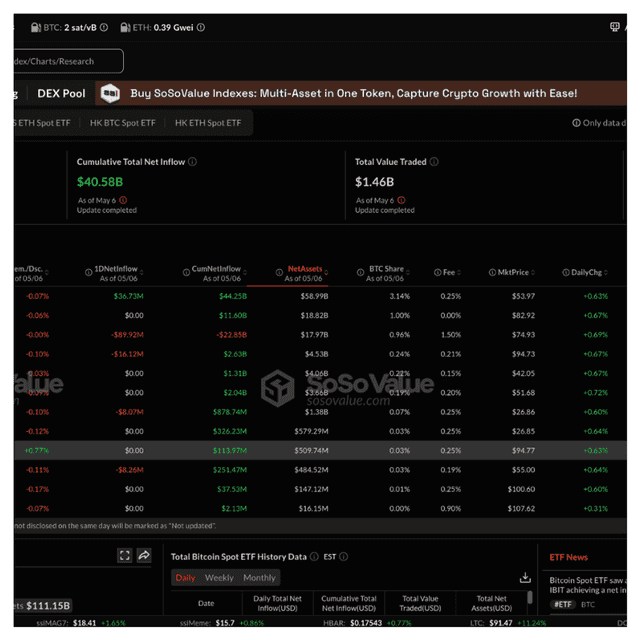2025-04-30 18:00
블록미디어

출처: Block Media
# Stablecoins Shift Focus from Margins to Mainstream Payment Market Battle
Christian Catalini, co-founder of Lightspark and founder of the MIT Cryptoeconomics Lab, stated in a Forbes Digital Assets column on April 29 that stablecoins have transitioned from a niche cryptocurrency component to major contenders in the mainstream payment market.
Over the last week, several major corporations have unveiled strategic moves within the expanding stablecoin ecosystem:
- **PayPal and Coinbase** have teamed up to enhance PYUSD, challenging their prior partnership focused on USDC.
- **Tether**, collaborating with SoftBank, invested $3.6 billion in Bitcoin SPAC “Twenty One Capital,” boosting its U.S. market influence.
- **Stripe** revealed plans for an internally developed stablecoin initiative, years in the making.
- **Circle**, nearing its public debut, announced a payment network competing with SWIFT, Visa, and Mastercard.
Credit card companies swiftly responded by accelerating their efforts to build stablecoin-based payment networks.
Catalini, citing his earlier warning with UCLA Professor Jane Wu in 2024 about the imminent competition in the payment sector, observed, "That battle has now begun in earnest, but much of it is happening behind the scenes." The scenario showcases a complex rivalry between emerging challengers and established issuers like Tether and Circle.
# The Role of Central Bank Proximity and Traditional Finance Ties
According to Catalini, the competitiveness of stablecoin issuers depends on their ability to "digitize the dollar quickly and cost-efficiently." More specifically, proximity to central bank reserves—used metaphorically—signifies strong collaboration with traditional financial institutions. Catalini elaborated, "The closer an issuer is to the traditional financial sector, the lower their funding costs for reserve assets, directly boosting their competitiveness."
Revenue for issuers originates from two primary sources:
1. **Interest income from reserves (stock)**
2. **Transaction fees charged for transfers or payments (flow)**
However, during interest rate downturns, profitability sharply declines, and intense fee competition could eventually reduce revenues to near zero.
For instance, Catalini highlighted PYUSD’s provision of a 3.7% annual return on balances, emphasizing that issuers must reinvest earnings into user incentives to maintain market share.
# “Payment Sandwich” Model and Stablecoins as a Store of Value
Catalini highlighted the “Stablecoin Sandwich” as the most practical current application of stablecoins. This model addresses limitations of existing real-time payment networks—such as Brazil’s PIX, India’s UPI, and Mexico’s SPEI—in facilitating cross-border transactions.
In these cases, payment orchestration startups convert domestic currency into stablecoins for blockchain transfers, subsequently converting them back into local currencies for settlement. Although seemingly complex, the process operates in real-time with minimal transaction fees. Estimates suggest that $10-30 billion monthly is already moving via this method.
Catalini emphasized the importance of deep liquidity pools in such high-speed transactions, stating, “The larger the volume, the smaller the forex losses, leading to smoother trades.”
Stablecoins also serve as a digital dollar vault in regions with high inflation, such as Latin America, Africa, and Southeast Asia. Tether has gained significant market share in these regions, broadening its user base. With U.S. legislative clarity on the horizon, stablecoins could become a favored asset storage tool for a broader range of institutions and individuals.
However, stablecoins face growing competition as asset management giants like BlackRock introduce on-chain Treasury bonds and tokenized money market funds, signaling the direct entry of traditional finance into crypto-based markets.
# The Winner Won’t Be Defined by Coins but by Distribution Channels
Catalini emphasized that the ultimate victor in the stablecoin race will not be judged by the specific coin but by its adoption and integration into payment infrastructure. "What matters in the long run isn’t the specific coin used, but the apps, wallets, and payment solutions driving the transactions," he asserted.
Currently:
- **Coinbase** has placed PYUSD alongside its preferred USDC.
- **Robinhood and Kraken** have integrated into Paxos’ USDG network.
- **Stripe and Revolut** reportedly are developing proprietary stablecoin solutions.
- **Visa and Mastercard** are establishing blockchain-powered direct settlement infrastructure.
- **Circle**, meanwhile, has targeted credit card companies with its Circle Payment Network (CPN).
“Fintech companies, banks, and digital platforms are racing to secure essential payment pipelines and distribution channels necessary for survival,” Catalini remarked. He warned, “If stablecoins fail to penetrate the mainstream payment market, they risk fading into the background as an invisible technological layer.”
View original content to download multimedia: https://www.blockmedia.co.kr/archives/899432




